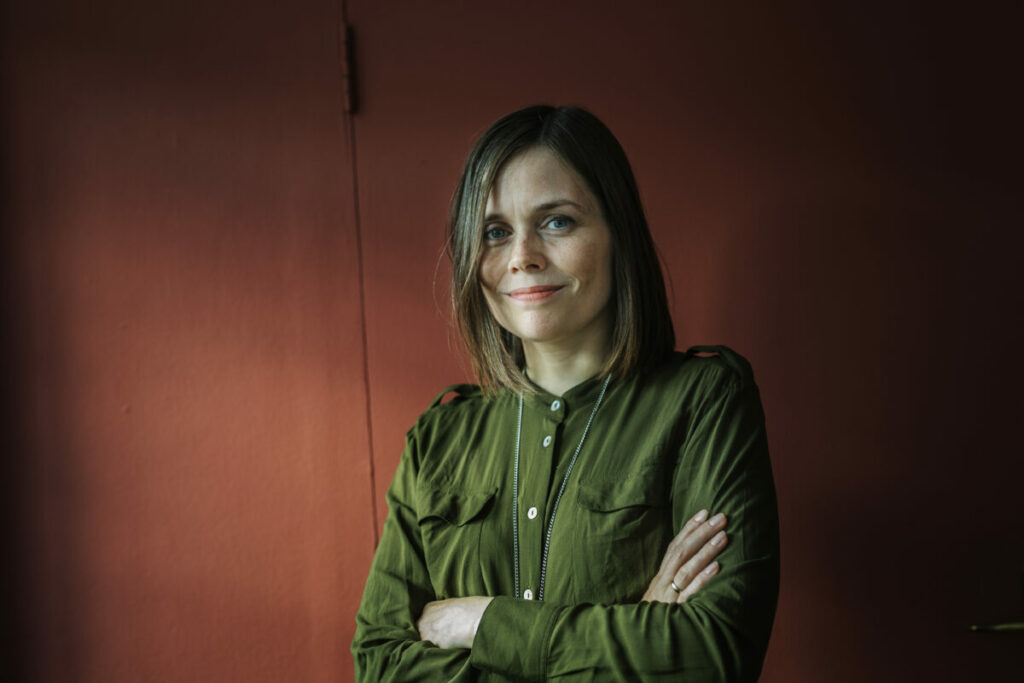
On Tuesday in Iceland, things looked a little…different. Schools, libraries and countless businesses were either closed or only operated on limited hours. News broadcasts were cut short. Even hospitals only handled emergency cases. This is all because Icelandic women went on a 24-hour strike.
There have been six other occasions in Iceland’s history in which women stayed home from work to protest gender inequality. But this “Kvennafri,” or “Women’s Day Off,” was billed to be the largest walkout yet – especially because the prime minister took part.
“I will not work this day, as I expect all the women here will do as well,” Prime Minister Katrín Jakobsdóttir told the Icelandic news outlet, Iceland Monitor.
Jakobsdóttir, who was elected in 2017 as the country’s second female head of government, said she would not call a cabinet meeting on Tuesday to show solidarity with Icelandic women.
“People ask, what is the purpose of such an action? It is, of course, demonstrating how important the work contribution of women is in society,” she told NBC.
For the first national women’s strike, which took place on Oct. 24, 1975, 90 percent of Iceland’s female workforce stayed home. This resulted in the passage of the Equality Act, which guaranteed equal pay for women.
Only it didn’t – because the pay gap persisted. In 2005, women protested by leaving work at the exact time they stopped getting paid – 2:08 p.m. – to illustrate how they were not compensated for a full workday, as opposed to their male colleagues. Progress has been made since then, but marginally – at the most recent walk-out in 2018, women left their desks at 2:55 p.m.
“Our outcome in an international comparison is good,” Jakobsdóttir said, and she’s right – Iceland is the only country that has closed over 90 percent of its pay gap. It has also been ranked the “most gender-equal country in the world” for 14 consecutive years by the World Economic Forum.
However, some women still earn at least 20% less than men, according to Statistics Iceland.
“We are still at that point in 2023 where full equality has not been achieved,” Jakobsdóttir said. “We are still dealing with the gender pay gap, we are still dealing with gender-based violence.”
The strike Tuesday was organized by Iceland’s trade unions – which are made up of roughly 90 percent of Iceland’s workers. Although it was the first full-day strike since the original Kvennafri in 1975, there were some changes – a significant one being the inclusion of unpaid laborers.
According to the organizers’ official website, the strike was to include women not just staying home from work, but also “not taking on the unpaid labor we’re expected to take upon ourselves, such as childcare, housework and the emotional labor of delegating tasks for the household.”
While it is too early to tell how this strike will affect legislation regarding pay equity and gender-based violence, there’s one thing that’s for sure: men across Iceland had lots of time to reflect on women’s roles in the home and workplace.
“It’s really time that we all realized how much this work contribution matters,” Jakobsdóttir said.



